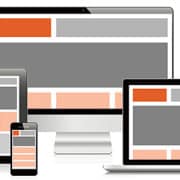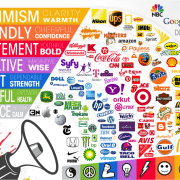6 common landing page mistakes to avoid
Landing page is a special page on a site created for a specific purpose, either to offer a product, service, free download, and others. Landing page, if done correctly, can bring maximum results. Here’s a quick glance of 6 common landing page mistakes to avoid when creating a landing page.
1. Not having a clear objective
If the landing page force visitors to think hard to understand the essence of your proposed offer, then certainly there is something wrong on your landing page. Ideally, when someone entered your landing page, they can immediately know what to do or what is offered to them. A landing page should also be clear so that the story flow to be conveyed can be captured easily by your visitors.
2. Using the wrong image
Okay, you probably already include images in your landing page. However, these images do not support the content of the landing page. Instead they may actually confuse your visitors. Try using captivating and impactful images that can show your products / services and communicating its usefulness to your visitors.
3. No testimonial
Nowadays people tend to research a product or service reviews before making a decision to buy it. Testimonials on the landing page will support your credibility. But, not just any testimonial! Show some impressive and positive testimonials from real people who actually have tried the product or service, making it more convincing to the visitors that are interested in your offer.
4. No Call-To-Action
Are your CTA placement easily found by visitors? What about the color and font that is used, whether it is sufficient to grab the attention of visitors? Then, if the CTA is encouraging visitors to take an action that you expect? If you answer NO from one of the questions above, then you need to rethink the design and position of your CTA to be more prominent and persuasive.
5. Form too complicated
You need to remember, usually the goal of a landing page is to gather information from visitors related to what you are offering to them. So, create a form whose contents are relevant and clearly without rambling. Do not lead the visitors into a complex form which are not interesting.
6. Keep it English and simple
Language or terms should not be too technical or too niche. Ensure the content of your landing page resonates what is sought by visitors who you are targeting. Do a study of the words that are often used by your visitors while searching for the type of services / products.






